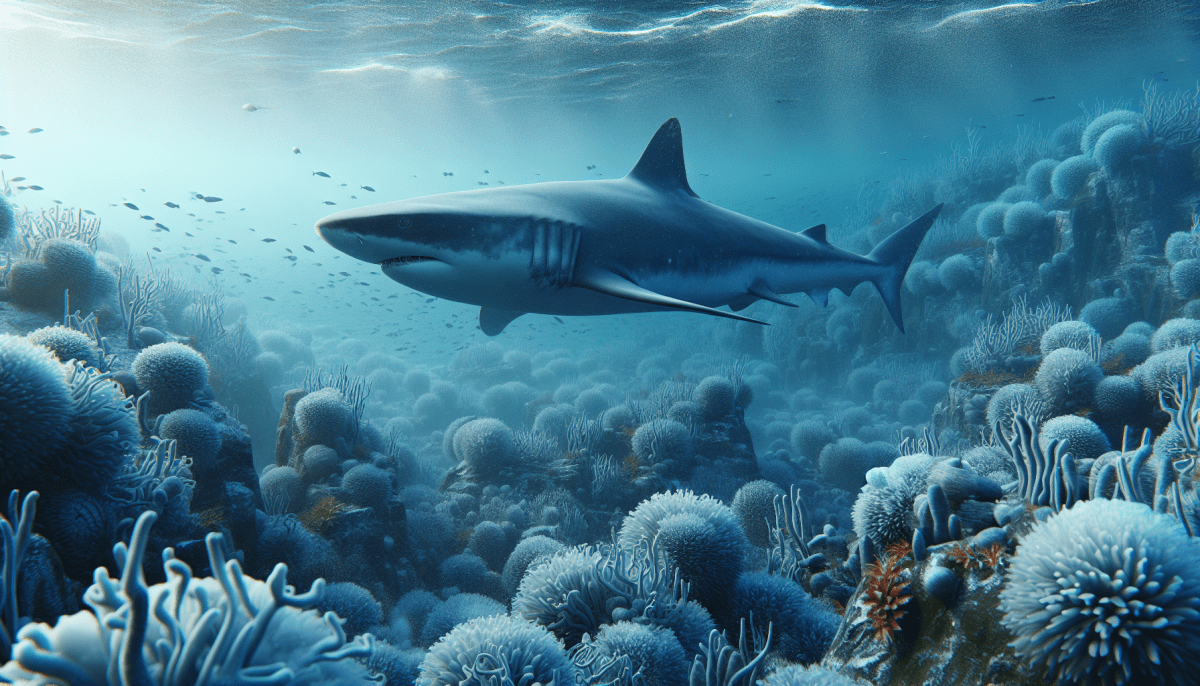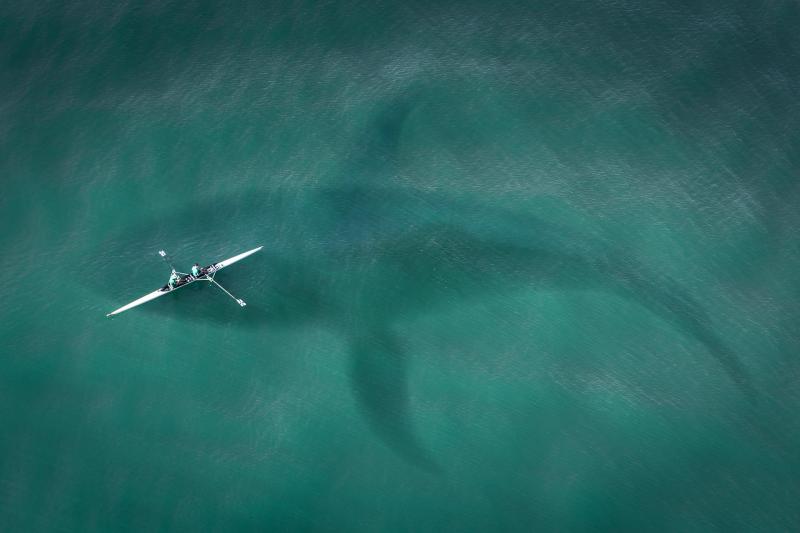The Greenland shark is a true wonder of the ocean, known for its incredible lifespan and intriguing habits. These sharks can live for hundreds of years—some estimates suggest they might even reach ages of over 400 years! Imagine that! It makes them one of the longest-living vertebrates on the planet. Their slow growth rate and late maturity mean they spend a lot of time exploring the icy waters of the Arctic and North Atlantic.
What’s also fascinating about the Greenland shark is their unique diet. These sharks aren't picky eaters! They dine on a variety of meals, including fish, squid, and even seals. They have been known to scavenge for food, too, which means they can be found munching on the leftovers from other marine creatures—talk about a resourceful eater!
Another interesting aspect of the Greenland shark is their habitat. They thrive in deep, cold waters, often swimming at depths of over 2,000 feet. It's believed that the chill of the water plays a role in their long life, as slower metabolism may contribute to their aging process. They’re also notorious for their "frozen" appearance; these sharks can sometimes be spotted with a slightly cloudy or opaque look due to the buildup of a special fluid in their eyes to protect against freezing temperatures.
And while they might seem mysterious, Greenland sharks are pretty peaceful. They aren't considered a threat to humans, which makes them a little less intimidating than other shark species. Instead, they tend to drift along with the current, leading a more tranquil lifestyle in the depths of the sea. Isn't it amazing how much there is to learn about these incredible creatures?
Where They Live and What They Eat
The Greenland shark is quite the wanderer of the Arctic waters! You’ll mostly find them in the chilly depths of the North Atlantic and Arctic Oceans, swimming around areas like Greenland, Canada, and the surrounding regions. These sharks enjoy the cold, deep waters, often diving down to depths of over 2,000 feet. They’re not just swimming aimlessly, though; they love to explore the dark, mysterious underwater landscapes.
When it comes to meals, the Greenland shark has a wide-ranging palate. They’re not picky eaters! Their diet mainly consists of fish, but they also nibble on seals, squid, and even the occasional decaying carcass. It might sound a bit gross, but they play a vital role in the ocean's ecosystem by helping dispose of dead animals. If you’re curious, they tend to go for soft-bodied creatures, which means they have a knack for locating their food in the cold waters.
Another cool aspect is how they hunt. Greenland sharks are known to be pretty slow swimmers. They don’t chase after fast-moving prey; instead, they prefer a more leisurely dining experience. They often lie in wait for their meals to come close, then they move in for a bite. This strategy suits their lifestyle in the Arctic where food can be a bit scarce.
Overall, the life of a Greenland shark is all about adapting to the harsh environments of the polar waters while finding unique foods that keep them thriving. Their fascinating behavior and diet are just a part of what makes them such intriguing creatures of the deep!
Unraveling Their Incredible Longevity
The Greenland shark is a fascinating creature, not just because of its size but also because of its incredible longevity. These sharks are known to live for over 400 years, making them one of the longest-living vertebrates on the planet! Yes, you read that right—400 years! Imagine the stories these creatures could tell if they could talk.
But what contributes to the remarkable lifespan of the Greenland shark? For starters, their slow growth rate plays a big role. They grow at a pace of about 1 centimeter per year, which is pretty slow compared to other sharks. This leisurely approach to life allows them to age gracefully. Plus, they inhabit the cold, deep waters of the Arctic, which also contributes to their unique biology and slower metabolism.
Another interesting factor is their reproduction. Greenland sharks don’t reach maturity until around 150 years old. Yes, it takes a century and a half before they even think about starting a family! This long wait might seem strange, but it allows their populations to stabilize in the chilly depths they call home.
What's even more intriguing is how little we know about these sharks. Scientists are still unraveling the mysteries surrounding their longevity. Although some researchers speculate that their slow lifestyle and cold habitat play key roles, much is still a mystery. It's like diving into a treasure chest of secrets that only the Greenland shark can reveal over the years.
Conservation Efforts for These Unique Creatures
The Greenland shark may seem like a mysterious creature of the deep, but there are dedicated efforts underway to understand and protect it. Conservationists are focusing on studying the habitats and behaviors of these sharks to ensure their survival in a changing world. Since they often dwell in cold waters, monitoring their environments is crucial to knowing how to protect them from climate change and pollution.
One of the exciting aspects of the conservation efforts for the Greenland shark is the use of new technology. Researchers are deploying underwater cameras and satellite tags to track their movements and gather data about their life cycles. This information can help identify critical breeding and feeding grounds, allowing for more effective protection measures.
Another significant challenge is illegal fishing. Greenland sharks are often caught accidentally in nets set for other fish. Conservation groups are working with local fisheries to promote sustainable practices that minimize bycatch. By educating fishermen on the importance of these unique creatures, they aim to foster a culture of respect and care for the marine ecosystem.
Finally, public awareness plays a vital role in the conservation of the Greenland shark. Campaigns aimed at informing communities and ocean enthusiasts help highlight the importance of protecting our oceans. The more people know about these incredible sharks, the more likely they are to support initiatives that keep them safe.



